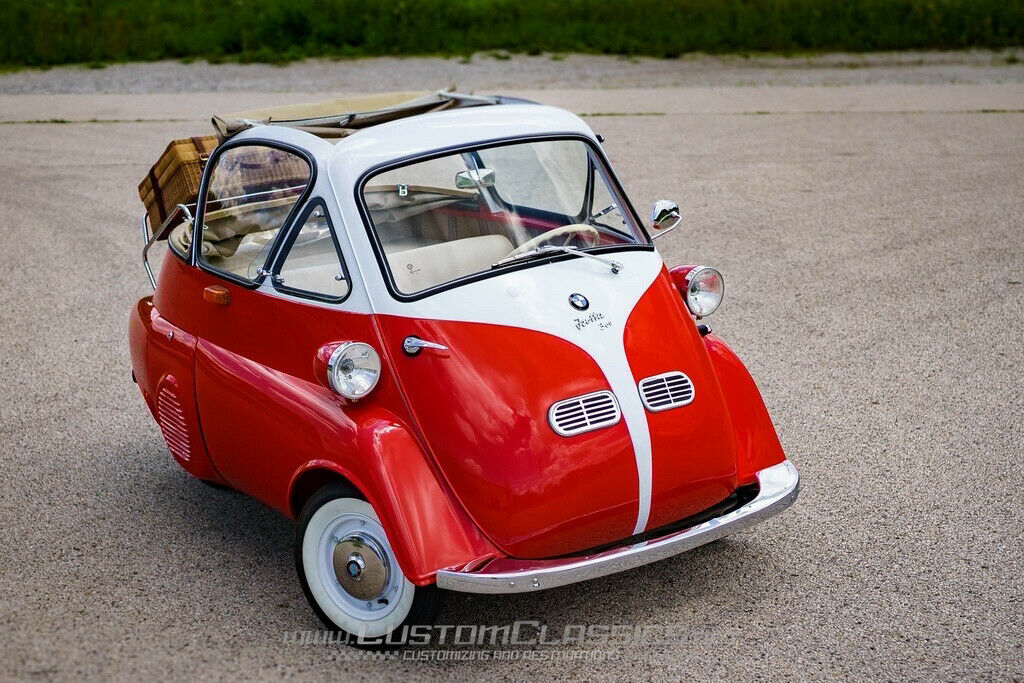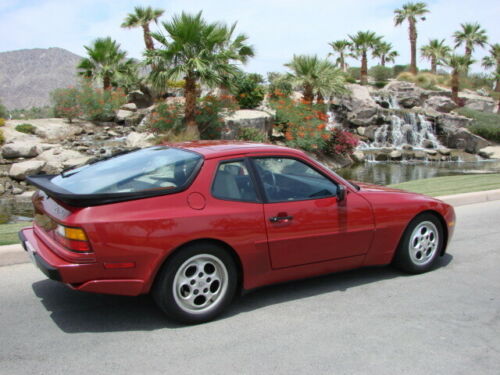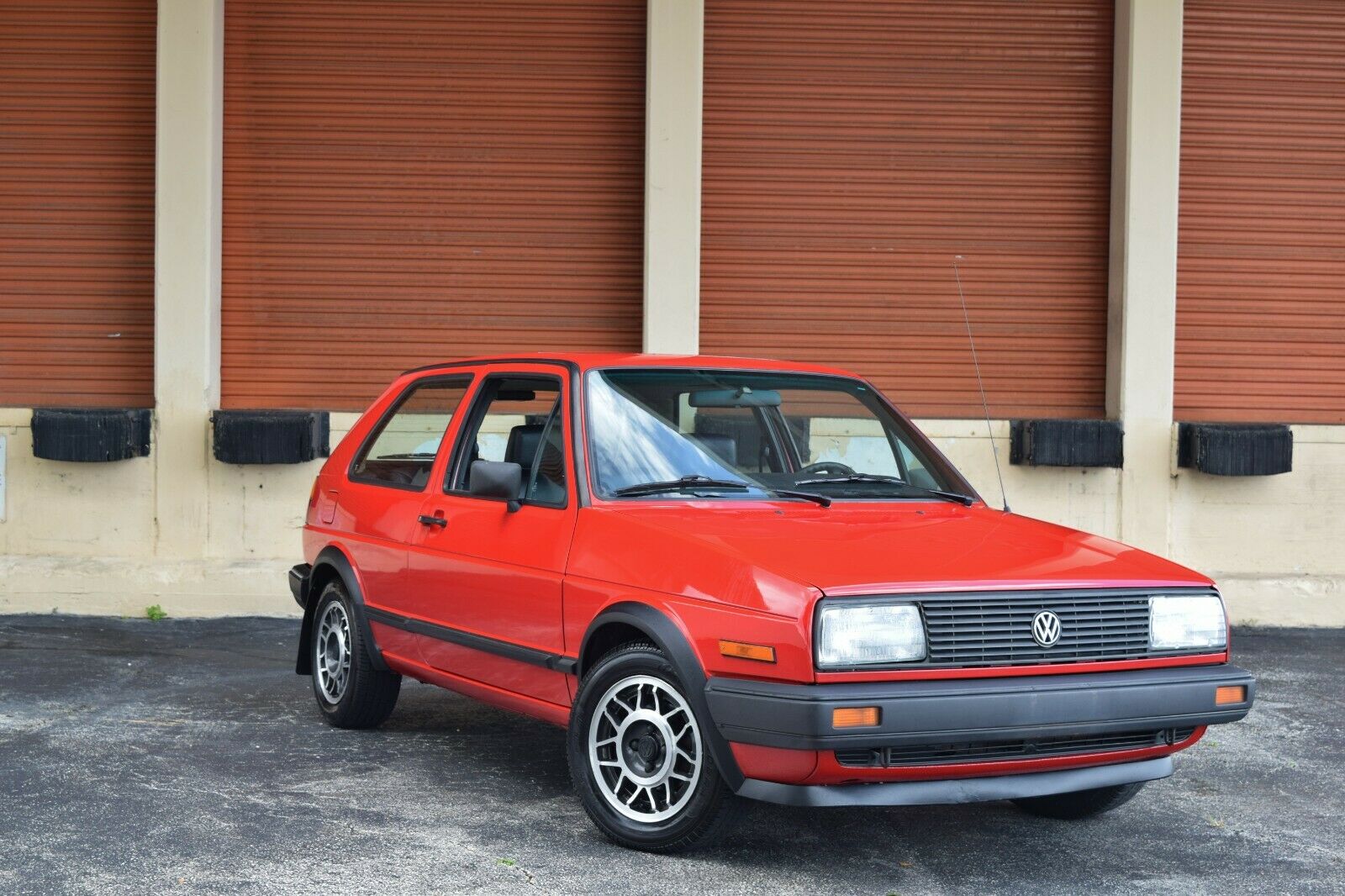Following up on the hugely popular Fuldamobile, it seems appropriate to talk about the more successful and instantly recognizable Isetta. Like the Fuldamobile, BMW’s quirky bubble car was a licensed production. The original design was the Iso Autoveicoli company’s property in Italy, and its owner – Renzo Rivolta, who would go on to support the production of some beautiful Italian-American V8 GT cars – started production in 1954 after showing the car at the ’53 Turin Automobile Show. Rivolta was happy to license production and did so with VELAM in France, De Carlo in Argentina, and Romi in Brazil. But, of course, the most famous and numerous version was the BMW variant.
Produced first as a 250, then upgraded to 300 (and finally 600, where the stretched chassis would go on to foster BMW’s 700 model), some 160,000-odd Isettas were produced by BMW in their cash-strapped post-War years. But among the most rare variations of production was the Cabriolet model:









